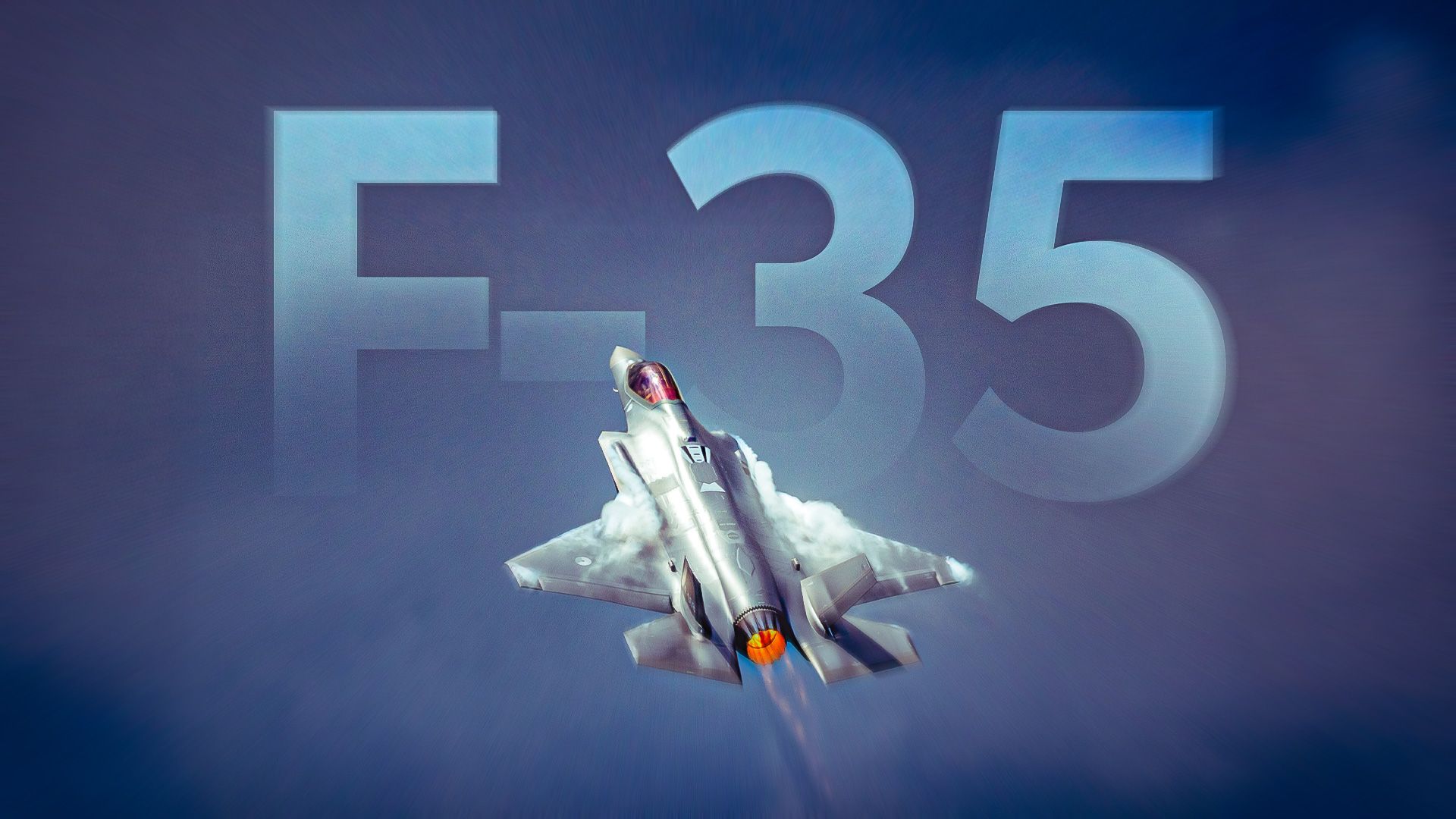World
Global F-35 Fleet Expands as Nations Strengthen Air Power

The F-35 Lightning II program continues to reshape global military aviation, with a combined fleet of approximately 3,000 aircraft across multiple nations. The United States leads with a significant share, operating nearly two-thirds of the global F-35 fleet, while partners such as Japan, the United Kingdom, Australia, and Italy are expanding their capabilities to enhance collective defense. Since its inception in 2001, the F-35 program has become the largest defense project in US history, primarily involving the manufacturing prowess of Lockheed Martin at its facilities in Fort Worth, Texas.
The F-35 is produced in three variants, each tailored for specific operational needs. The United States Navy operates the carrier-capable F-35C, while the Marine Corps employs the short-takeoff and vertical-landing F-35B. The Air Force primarily uses the conventional takeoff F-35A. The aircraft’s design allows for advanced stealth capabilities and superior sensor fusion, which are crucial for modern combat environments.
Italy’s Strategic Role in the F-35 Program
As a pivotal player in the F-35 program, Italy operates Europe’s final assembly line at Cameri Air Base. On July 2, 2025, Italian Defense Minister Guido Crosetto announced the establishment of the first F-35 pilot training school outside the United States, set to be located in Sicily. This initiative not only reinforces Italy’s commitment to the program but also positions the country as a central hub for F-35 operations and training in Europe. Crosetto emphasized the importance of defense as a catalyst for economic and technological innovation.
Italy has committed to acquiring a fleet that includes 60 F-35As and 30 F-35Bs. The Italian military’s collaboration with the program began early, with significant involvement in production and maintenance for other European users. Notably, the Italian Air Force and Navy have actively participated in international exercises, showcasing their operational capabilities.
Collaborative Exercises and Defense Strategies
In a demonstration of international cooperation, the Royal Australian Air Force (RAAF), Japan Air Self-Defense Force (JASDF), and United States Air Force (USAF) conducted a large-scale exercise named Exercise Bushido Guardian 25. This event saw the participation of 25 F-35s from the three nations, enhancing interoperability and joint operational readiness. The exercise highlights the strategic importance of the F-35 in the Indo-Pacific region, particularly for Australia, which values the aircraft’s intelligence, surveillance, and reconnaissance (ISR) capabilities.
Australia has procured 100 F-35As to address the need for self-reliant defense within an alliance framework, particularly under the ANZUS treaty with the United States. The RAAF has successfully integrated the F-35 into its operations, participating in key exercises and ensuring a seamless transition from older aircraft.
Additionally, the UK has committed to a fleet of 138 F-35Bs and is negotiating for more F-35As to replace retiring Eurofighter Typhoons. The Royal Air Force (RAF) and Royal Navy benefit from the F-35’s multi-domain capabilities, which bolster both carrier operations and interoperability with US forces. The aircraft plays a critical role in the UK’s future combat strategy, particularly as it transitions to new platforms.
Japan’s adoption of the F-35 is driven by its strategic response to regional threats, notably from an increasingly assertive China. With orders for 105 F-35As and 42 F-35Bs, Japan is set to enhance its defense posture significantly. The recent acquisition of F-35Bs is particularly noteworthy, as these aircraft will operate from Japan’s Izumo-class destroyers, expanding their operational reach.
While the F-35 program has achieved remarkable growth, it is not without challenges. The Technology Refresh 4 (TR4) update, part of the larger Block 4 modernization effort, has faced significant delays and budget overruns. Originally slated for completion by 2026, the timeline has now extended to at least 2031, with costs projected to exceed $6 billion over initial estimates. These delays have sparked criticism and led the Pentagon to scale back the number of planned upgrades from 66 to 31.
Despite these setbacks, the F-35’s capabilities continue to redefine air power in the 21st century. As nations invest in this advanced platform, the collaborative nature of the program underscores a shared commitment to enhanced security and defense readiness across multiple regions. The integration of the F-35 into the armed forces of partner nations reflects a robust response to evolving geopolitical dynamics, making it a cornerstone of modern military strategy.
-

 Science2 weeks ago
Science2 weeks agoIROS 2025 to Showcase Cutting-Edge Robotics Innovations in China
-

 Politics2 weeks ago
Politics2 weeks agoJudge Considers Dismissal of Chelsea Housing Case Citing AI Flaws
-

 World2 weeks ago
World2 weeks agoBravo Company Veterans Honored with Bronze Medals After 56 Years
-

 Lifestyle2 weeks ago
Lifestyle2 weeks agoStone Island’s Logo Worn by Extremists Sparks Brand Dilemma
-

 Top Stories2 weeks ago
Top Stories2 weeks agoIndonesia Suspends 27,000 Bank Accounts in Online Gambling Crackdown
-

 Health2 weeks ago
Health2 weeks agoStartup Liberate Bio Secures $31 Million for Next-Gen Therapies
-

 Sports2 weeks ago
Sports2 weeks agoMel Kiper Jr. Reveals Top 25 Prospects for 2026 NFL Draft
-

 Health2 weeks ago
Health2 weeks agoTop Hyaluronic Acid Serums for Radiant Skin in 2025
-

 World2 weeks ago
World2 weeks agoHoneywell Predicts Record Demand for Business Jets Over Next Decade
-

 Lifestyle2 weeks ago
Lifestyle2 weeks agoMary Morgan Jackson Crowned Little Miss National Peanut Festival 2025
-

 Sports2 weeks ago
Sports2 weeks agoYamamoto’s Mastery Leads Dodgers to 5-1 Victory in NLCS Game 2
-

 Politics2 weeks ago
Politics2 weeks agoNew Jersey Voters Urged to Register Ahead of November Election








